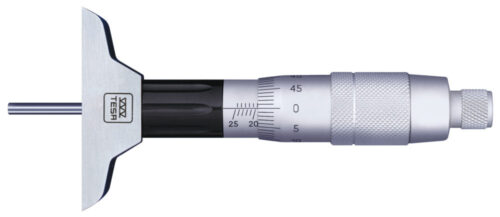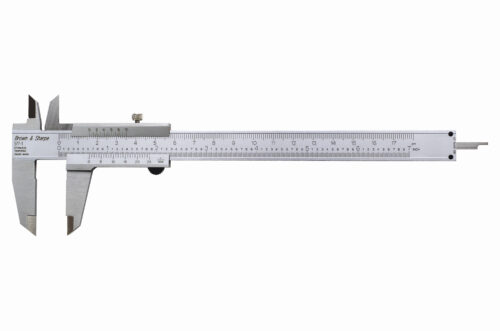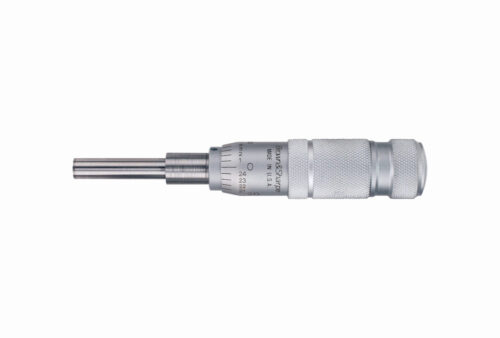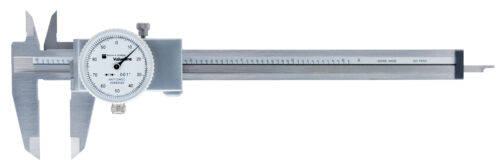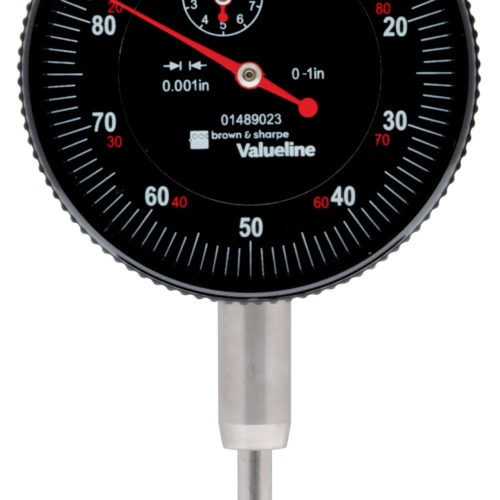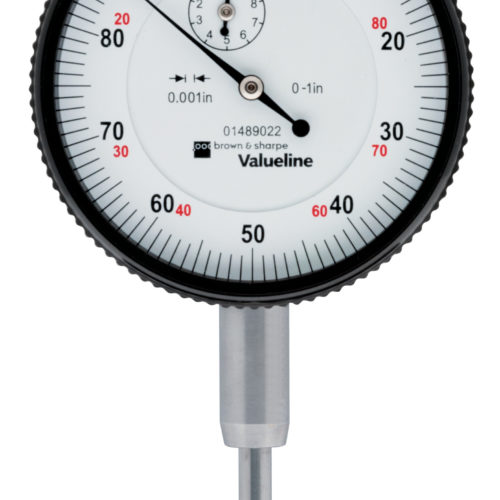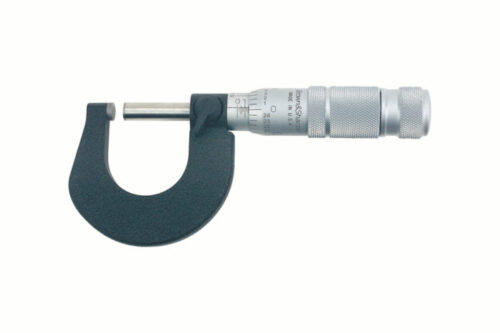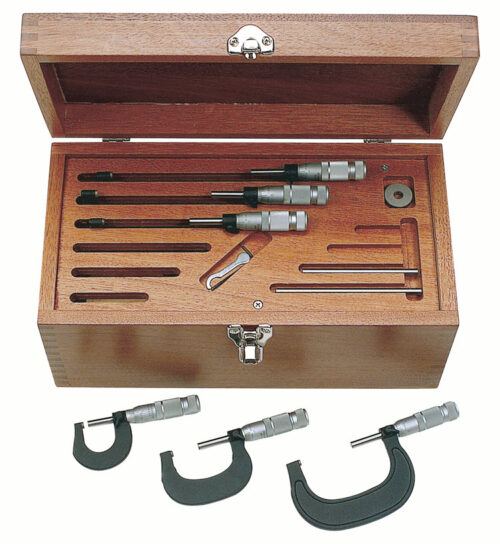-
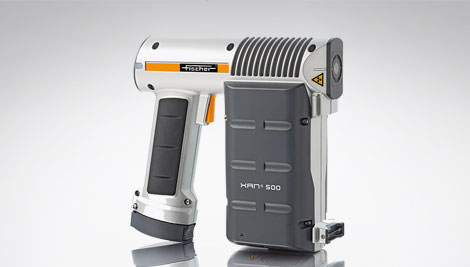 Handheld, desktop, inline: the XAN®500 X-ray fluorescence instrument is Fischer’s most versatile yet. It can be used as a handheld device, as a fully enclosed desktop unit or integrated directly into production lines. Equipped with a tablet computer, the XAN500 also utilizes the time-proven WinFTM® software. Coating thickness measurements with WinFTM is based on the fundamental parameter analysis. This makes it possible to measure without prior calibration – that is, standard-free. https://www.youtube.com/watch?v=rUdDK9RjtwA
Handheld, desktop, inline: the XAN®500 X-ray fluorescence instrument is Fischer’s most versatile yet. It can be used as a handheld device, as a fully enclosed desktop unit or integrated directly into production lines. Equipped with a tablet computer, the XAN500 also utilizes the time-proven WinFTM® software. Coating thickness measurements with WinFTM is based on the fundamental parameter analysis. This makes it possible to measure without prior calibration – that is, standard-free. https://www.youtube.com/watch?v=rUdDK9RjtwA -
 Handheld, desktop, inline: the XAN®500 X-ray fluorescence instrument is Fischer’s most versatile yet. It can be used as a handheld device, as a fully enclosed desktop unit or integrated directly into production lines. Equipped with a tablet computer, the XAN500 also utilizes the time-proven WinFTM® software. Coating thickness measurements with WinFTM is based on the fundamental parameter analysis. This makes it possible to measure without prior calibration – that is, standard-free. https://www.youtube.com/watch?v=rUdDK9RjtwA
Handheld, desktop, inline: the XAN®500 X-ray fluorescence instrument is Fischer’s most versatile yet. It can be used as a handheld device, as a fully enclosed desktop unit or integrated directly into production lines. Equipped with a tablet computer, the XAN500 also utilizes the time-proven WinFTM® software. Coating thickness measurements with WinFTM is based on the fundamental parameter analysis. This makes it possible to measure without prior calibration – that is, standard-free. https://www.youtube.com/watch?v=rUdDK9RjtwA -
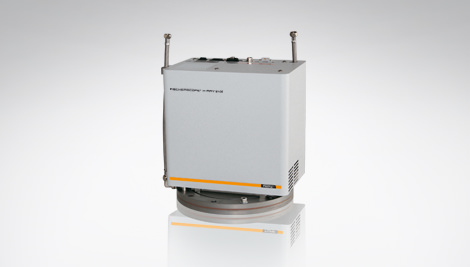 As modular units, the instruments of the X-RAY 5000 range can be easily integrated into manufacturing lines. For example, when coatings on large-surface substrates such as tin sheets must be measured, X-RAY 5000 is the ideal solution. Depending on the base and coating materials, the X-ray source, detector and primary filter can be customized to the customer's needs. https://youtu.be/2JyWAduAX9w
As modular units, the instruments of the X-RAY 5000 range can be easily integrated into manufacturing lines. For example, when coatings on large-surface substrates such as tin sheets must be measured, X-RAY 5000 is the ideal solution. Depending on the base and coating materials, the X-ray source, detector and primary filter can be customized to the customer's needs. https://youtu.be/2JyWAduAX9w -
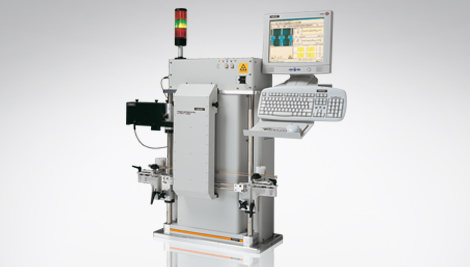 The FISCHERSCOPE X-RAY 4000 is specially designed for coating thickness measurement and material analysis during strip electroplating processes. This measurement system has already been installed over 300 times in electroplating plants of diverse sizes. Because of the fast mechanisms for moving the measurement head, readings can be taken at various points on the product to be measured. The instrument's modular design enables targeted selection of the optimal X-ray source and the ideal detector to meet your specific requirements. https://youtu.be/2JyWAduAX9w
The FISCHERSCOPE X-RAY 4000 is specially designed for coating thickness measurement and material analysis during strip electroplating processes. This measurement system has already been installed over 300 times in electroplating plants of diverse sizes. Because of the fast mechanisms for moving the measurement head, readings can be taken at various points on the product to be measured. The instrument's modular design enables targeted selection of the optimal X-ray source and the ideal detector to meet your specific requirements. https://youtu.be/2JyWAduAX9w -
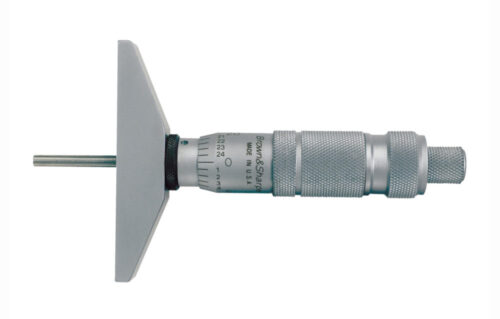 Micrometer Depth Gages are available in both inch and metric models. Both feature a hardened, precision base. Bases are available in lengths of 2.5" / 63.5 mm and 4" / 100 mm to satisfy a wide range of measuring applications. Base width is 1/2". All micrometer depth gages feature a satin-chrome finish for glare-free reading and a friction thimble for uniform measurements. All models on this page are supplied complete in a fitted mahogany case.
Micrometer Depth Gages are available in both inch and metric models. Both feature a hardened, precision base. Bases are available in lengths of 2.5" / 63.5 mm and 4" / 100 mm to satisfy a wide range of measuring applications. Base width is 1/2". All micrometer depth gages feature a satin-chrome finish for glare-free reading and a friction thimble for uniform measurements. All models on this page are supplied complete in a fitted mahogany case. -
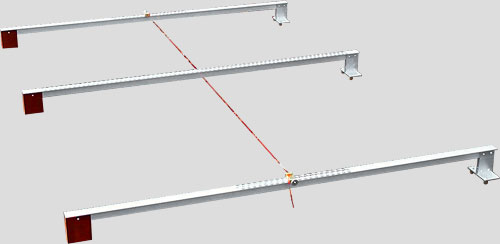 Arrow height measuring slats "Wuppertal method" The measuring slat set consists of 2 end slats (± 200 mm) and a middle slat with scale (± 700 mm). J Ede Endlatte has a displaceable tab, with which a desired value is set at consider endpoint. The tendon can then be inserted into the notch provided for this purpose. The measuring slats are made of aluminum T-profile and equipped with scratch-resistant scales of anodized pressure.
Arrow height measuring slats "Wuppertal method" The measuring slat set consists of 2 end slats (± 200 mm) and a middle slat with scale (± 700 mm). J Ede Endlatte has a displaceable tab, with which a desired value is set at consider endpoint. The tendon can then be inserted into the notch provided for this purpose. The measuring slats are made of aluminum T-profile and equipped with scratch-resistant scales of anodized pressure. -
Sighting and leveling device Regardless of leveling , longitudinal or track height determination, the VIG 1300 masters all tasks with the familiar precision and reliability of a Vogel & Plötscher measuring device. The technology and functionality of this measuring device have been continuously developed and optimally adapted to the requirements of the users.
-
 Gauge template for rail seats on sleepers SML is based on a track gauge measurement device and used to measure the spacing of ribs at ribbed base-plates for rail seating on sleepers. The device is available in 2 designs with different effective ranges: SML 10: for measurements related to "inner ribs" SML 2: for measurements related to "outer ribs"
Gauge template for rail seats on sleepers SML is based on a track gauge measurement device and used to measure the spacing of ribs at ribbed base-plates for rail seating on sleepers. The device is available in 2 designs with different effective ranges: SML 10: for measurements related to "inner ribs" SML 2: for measurements related to "outer ribs" -
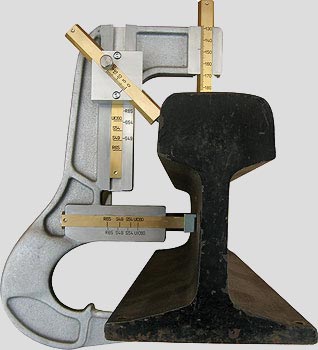 Rail head wear measuring device The measuring devices of the SKM series serve for the fast measurement of the wear on the rail head with Vignol rails - laterally as well as vertically. SKM 1 The driving edge measurement is carried out at 45 ° to the rail centerline. SKM 2 Here, the travel edge is measured at 22.5 °, 45 ° and 67.5 ° to the rail centerline.
Rail head wear measuring device The measuring devices of the SKM series serve for the fast measurement of the wear on the rail head with Vignol rails - laterally as well as vertically. SKM 1 The driving edge measurement is carried out at 45 ° to the rail centerline. SKM 2 Here, the travel edge is measured at 22.5 °, 45 ° and 67.5 ° to the rail centerline. -
 Template for checking and adjusting of track and cant measuring devices The RV21 is used to check and adjust the accuracy of analogue and digital switch gauge and cant measuring devices. The template is made of special light-metal section tubes. The central base can be horizontally aligned by four adjuster screws. A traverse with hardened locators to check the respective measurement parameters is mounted on the base. The traverse is mounted on an articulated bearing on one side. This articulated joint, complete with a switching cam, is used to set the specified cants of 50, 100, 150 and 190 mm.
Template for checking and adjusting of track and cant measuring devices The RV21 is used to check and adjust the accuracy of analogue and digital switch gauge and cant measuring devices. The template is made of special light-metal section tubes. The central base can be horizontally aligned by four adjuster screws. A traverse with hardened locators to check the respective measurement parameters is mounted on the base. The traverse is mounted on an articulated bearing on one side. This articulated joint, complete with a switching cam, is used to set the specified cants of 50, 100, 150 and 190 mm. -
 Mobile corrugation measuring system
Mobile corrugation measuring systemApproved measuring device according to DB and DIN EN 13231-3: 2012 for the acceptance of rail profile work Correct checking of the rail longitudinal profile, especially after reprofiling work such as rail grinding or milling, is of central importance. RMF 1100 fulfills these requirements as precisely as efficiently . Compared to its "big brother RMF 2.3E", the RMF 1100 is built more compact (shorter) and detects waves up to a maximum length of 1000 mm. The central feature is Vogel & Plötscher's specially developed and patented measuring principle - proven for years and internationally recognized. The scanning of the rail is effected touching by a special probe with high-resolution sensor (measuring interval = 2 mm). The decisive advantage: RMF 1100 thus maps the actual primary profile, ie it provides the real raw data of the rail surface! These are of particular importance since they represent a verifiable and therefore reliable basis for the assessments, for example according to DB guideline 824 or DIN EN 13231-3: 2012.
-
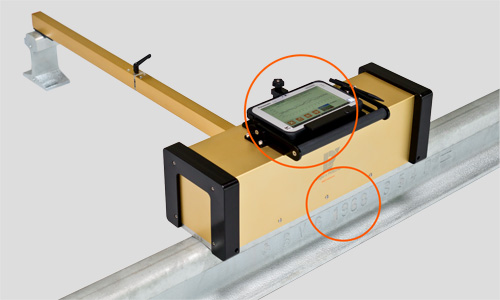 Determination of Rail Vehicle Quality [QKw] Re-profiling of rails leads to characteristic machining features on the rail surface . These features, depending on the nature and extent of different effects, especially on the noise in the track. The quality of the rail surface is thus of substantial importance and at the same time an objective yardstick. For the uniform evaluation of the rail driving surface a quality characteristic [QKw] was developed and introduced. The metrological determination of the quality characteristic value is demanding, since even the smallest irregularities below the typical Riffel wavelengths of 10-30 mm must be taken into account.
Determination of Rail Vehicle Quality [QKw] Re-profiling of rails leads to characteristic machining features on the rail surface . These features, depending on the nature and extent of different effects, especially on the noise in the track. The quality of the rail surface is thus of substantial importance and at the same time an objective yardstick. For the uniform evaluation of the rail driving surface a quality characteristic [QKw] was developed and introduced. The metrological determination of the quality characteristic value is demanding, since even the smallest irregularities below the typical Riffel wavelengths of 10-30 mm must be taken into account.


